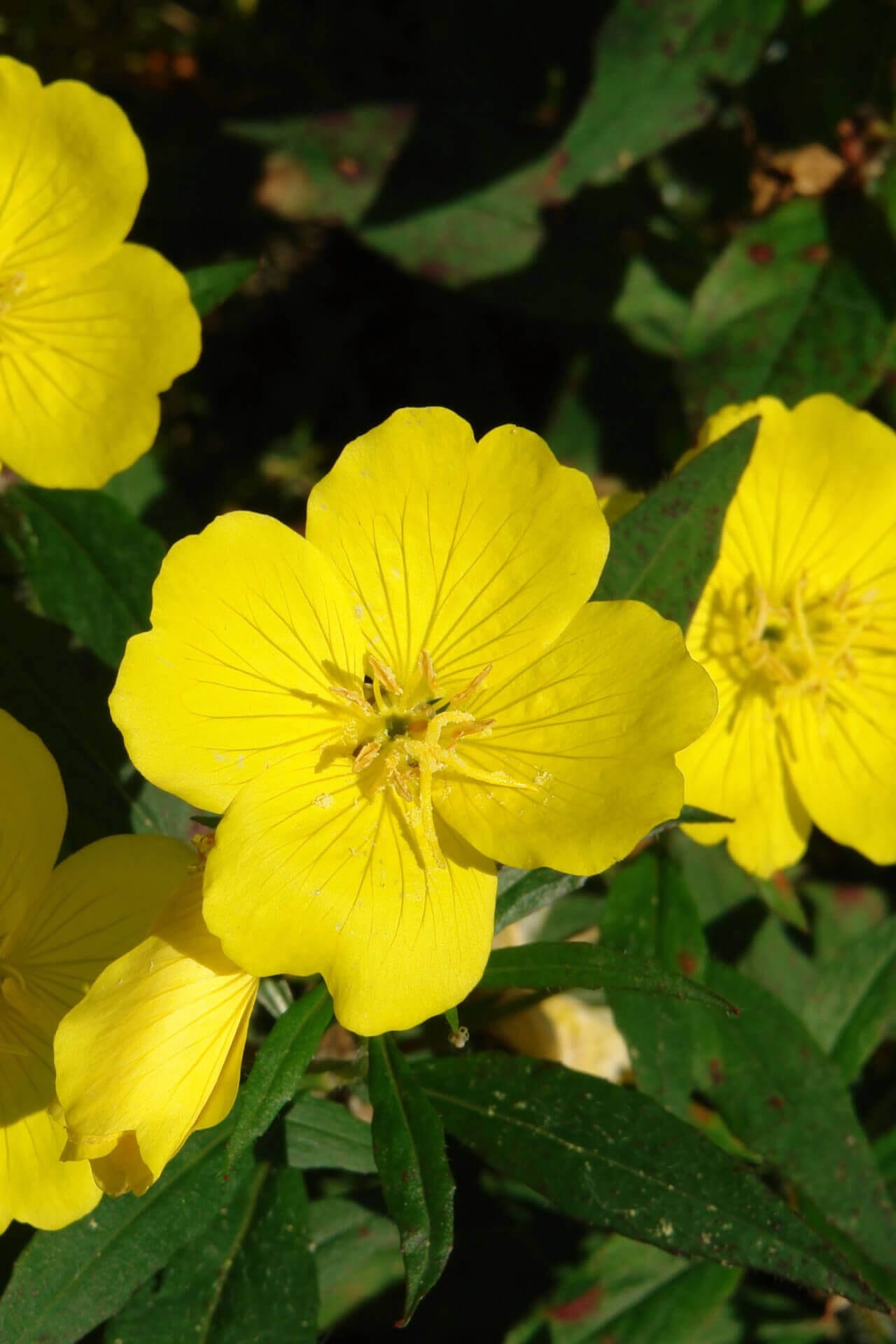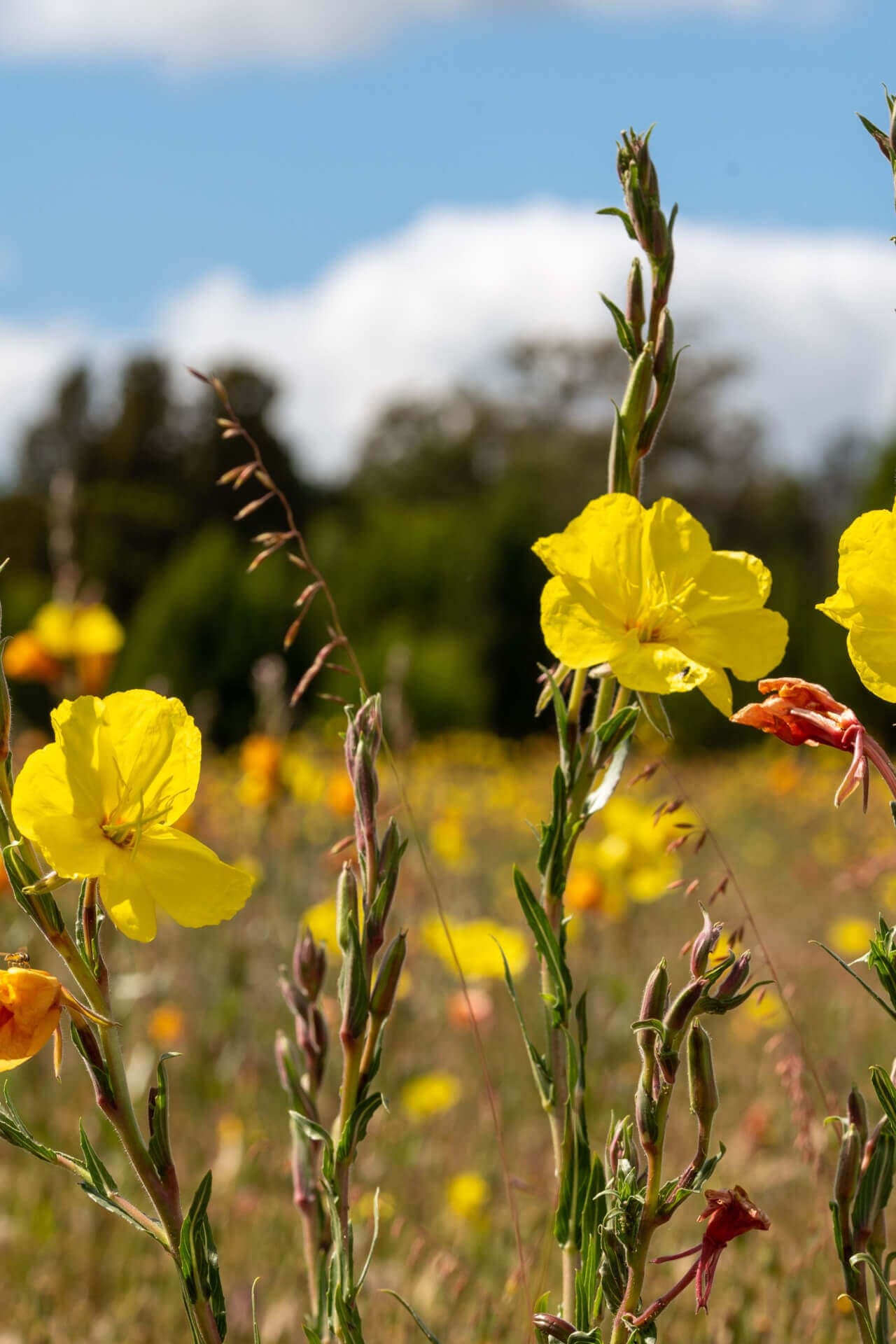Evening Primrose
Evening Primrose
| Order | Percentage Discount | ||
|---|---|---|---|
| 2-5 | 25% Off | ||
| 6-10 | 30% Off | ||
| 11-25 | 35% Off | ||
| 26-50 | 45% Off | ||
| 51+ | 65% Off | ||
Couldn't load pickup availability
5-7 Days
Under 12"
Sun or Shade
4-9
Flowering
Bare-root
Evening Primrose - Oenothera Biennis
Evening Primrose is an arresting perennial that brings sunny color to gardens with little to no work required. The blond blossoms open late in the afternoon and tend to glow well into the early morning, making it a marvel of nature’s grandeur. This plant’s slender growth habit and lance-shaped leaves make it stand out in borders, cottage gardens, or wildflower borders.
Effortless Planting and Low Maintenance
Gardeners of all abilities will love the ease with which this species is brought into a prepared bed. Good conditions are drainage, moderate watering, and sun exposure. Once established, these deciduous perennials are often self-sufficient, with little to no watering necessary during long periods of drought. They’re so resilient; they’re the perfect plant for those who want blooms that don’t need a lot of maintenance.
Bloom Time, Colors, and Longevity of Evening Primrose
Flowering usually begins in early summer and lasts weeks at a time. The flowers open their yellow spires in the evening, creating an extravagant display in the diminishing light. Although the color will typically be a bright yellow, the flower’s feathery centers and stamens add a sense of drama. The foliage persists after the flowering period and keeps the plant green throughout the growing season, adding texture and color. Cared for appropriately, it can flower season after season, making it a permanent fixture in the garden.
TN Nursery’s Dependable Quality
Choose this perennial from TN Nursery and enjoy a life cycle that starts with a strong root system. All plants are inspected to ensure high quality. With some extra attention, these faithful flowers bloom season after season, bringing sunshine to any patio or balcony. Take hold of this fantastic garden classic for its timeless beauty and easy care.
This Is How Your Plants Will Look upon Delivery
Bloom/Foliage Color
Yellow
Shipping date depends on the date displayed and chosen when you order from the product's page.
We only accept returns on plants verified dead. If you think your plants have died, we offer a 1 year warranty, please use use this File a Claim Link to verify dead plants and start with return warranty process.




